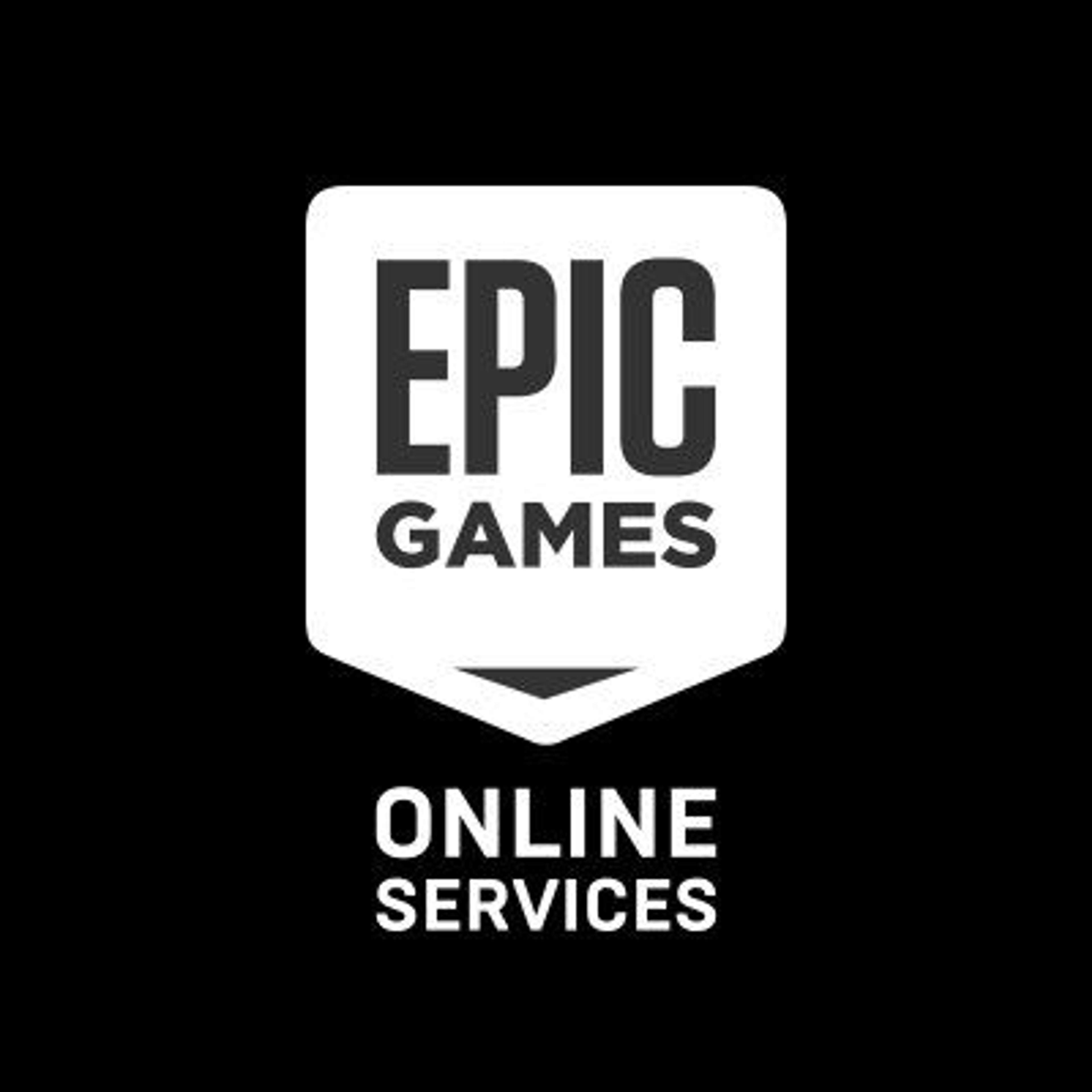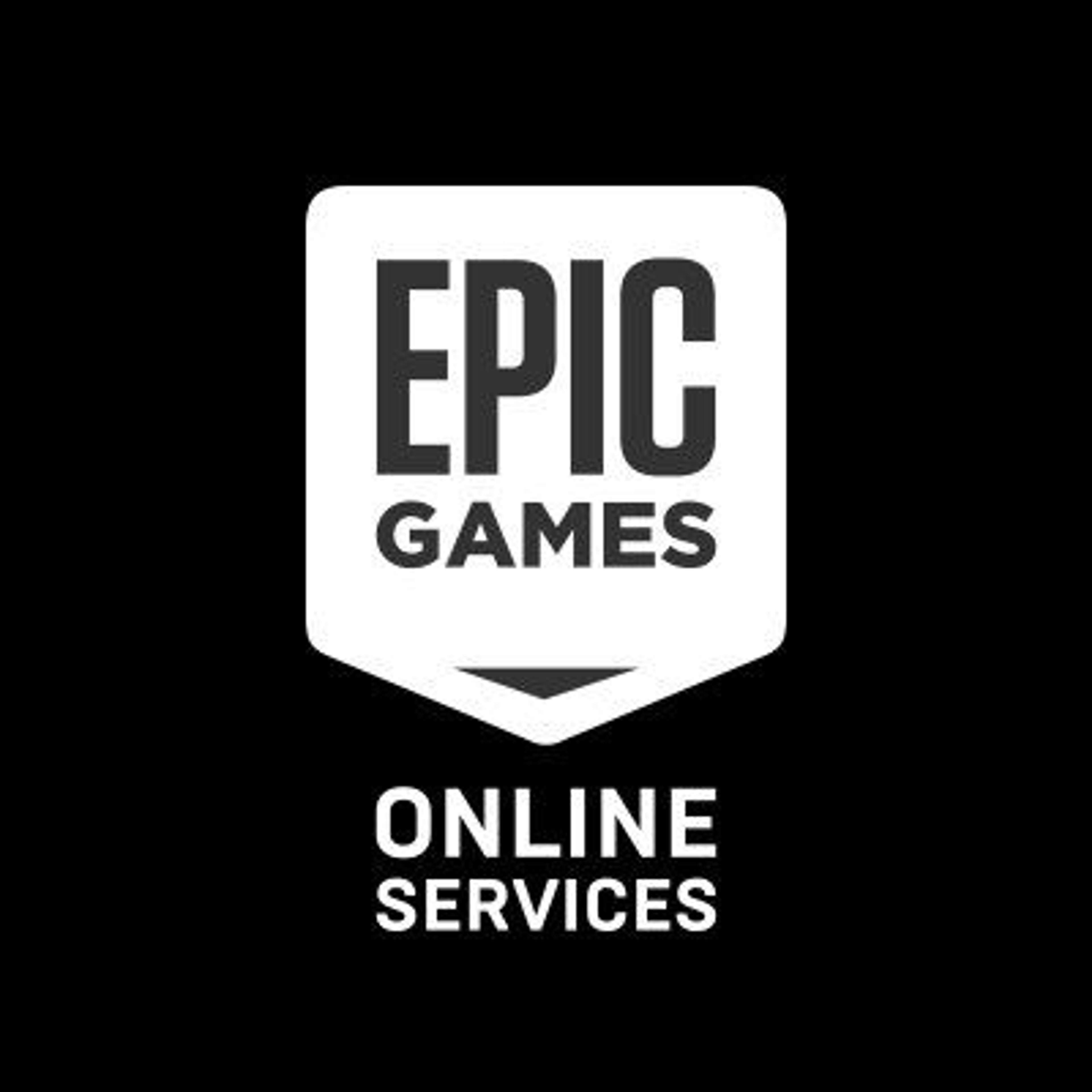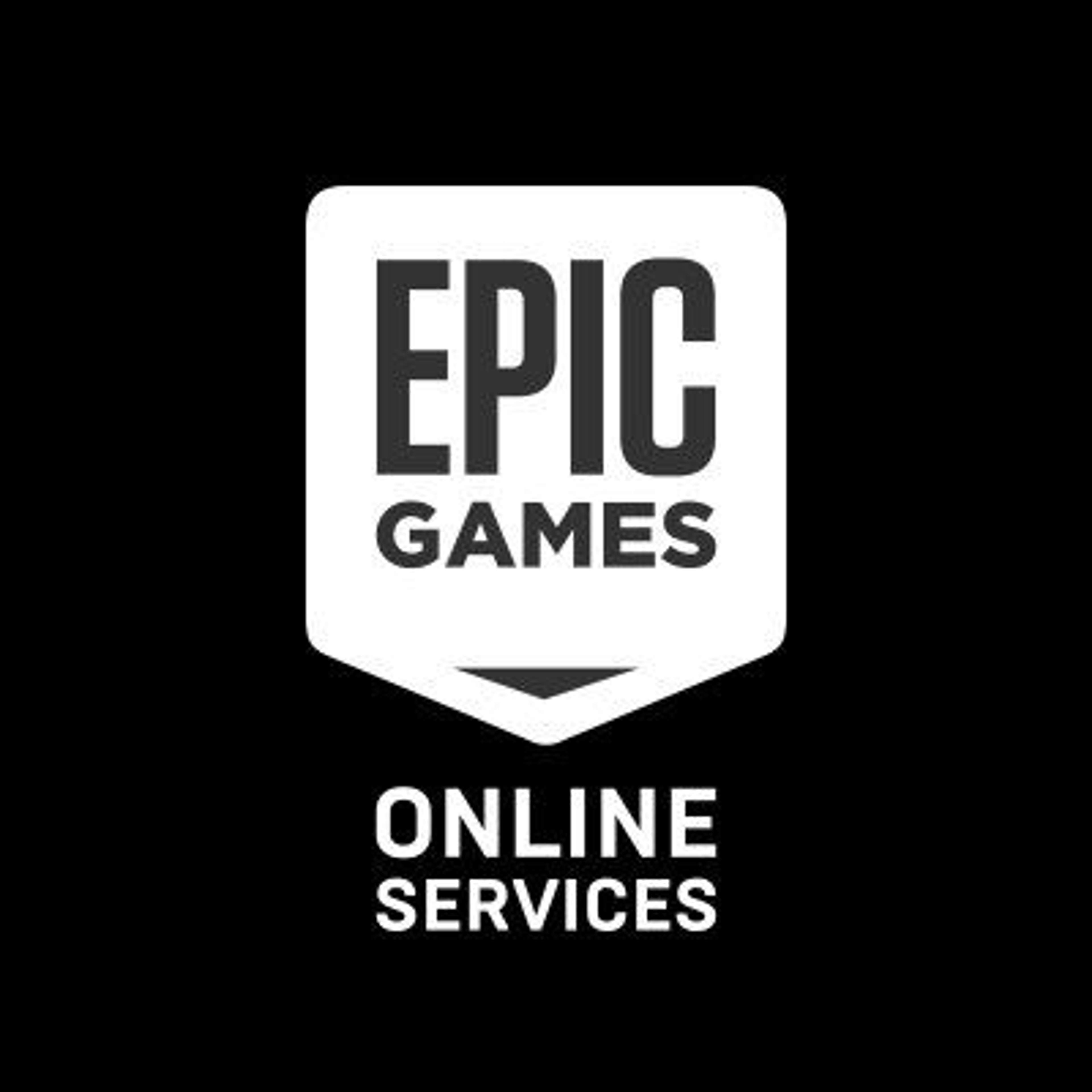Writing Samples from Epic Games - Developer Audience
The Anti-Cheat Interfaces
Epic Online Services (EOS) are platform agnostic services to launch, operate, and scale a developer's game. Each game service is called an interfaces and can be used in a mix-and-match fashion to safe a game developer's time on creating standard aspects of video gaming. The intent is to empower game developers to focus more on the creative aspects of video game creation.
The Anti-Cheat interfaces consist of two interfaces (Client and Server). Since much of the content was overlapping, I worked with the developers to merge the content into a single set of content that contains the Anti-Cheat overview, how to use Anti-Cheat, and an integration checklist. Although it is long, we cut down the content to what we believed was necessary for user understanding.
Brand Review
"Brand review" is how developers can verifying their game's brand and identify for the protection of the developer and their end users. Although these documents are for a developer-audience, it is non-technical.
The writing process for these documents was different than other content in the Epic Online Services documentation center, because it involved reviews and revisions by product management, the legal team, and even the CEO, Tim Sweeney.
The Voice Interface
Like the Anti-Cheat interfaces, the Voice interface is a way to incorporate voice chat between players in a developer's video game. It was a direct competitor to Vivox voice services.
This document took a long time to prepare with a lot of input from developers on the organization, necessary content, and imagery. There was a lot of debate between the developers on the team, and I had to explore multiple versions of compromise before we reached this final version.
Developer Portal
The Developer Portal is a browser-based UI to set up and configure a developer's game with the Epic Games Store and Epic Online Services (EOS). This is a less technical document set, but was primarily for a developer audience.
I rewrote this content section to improve conciseness, cohesion, and address problem areas of user understanding.
















